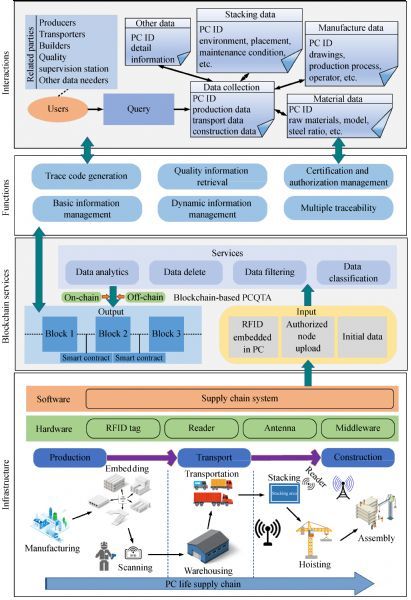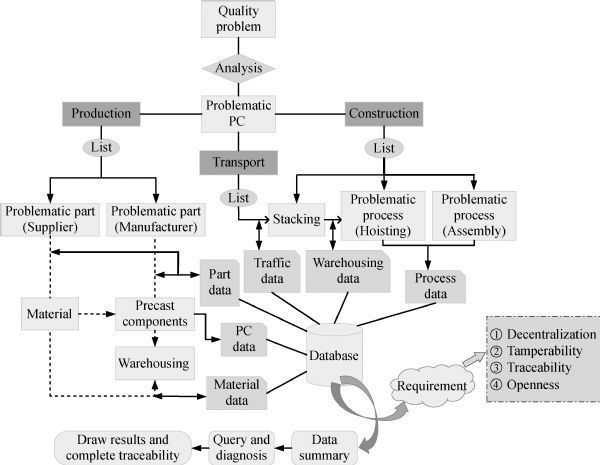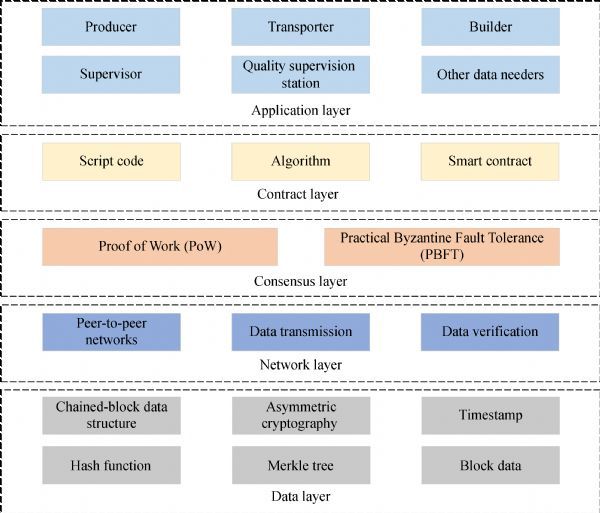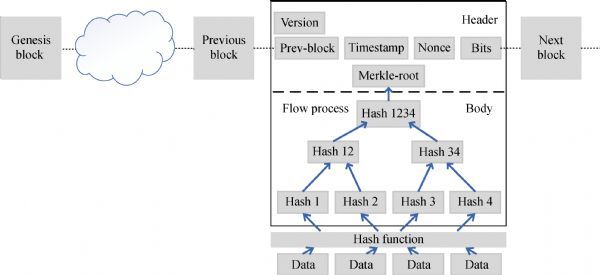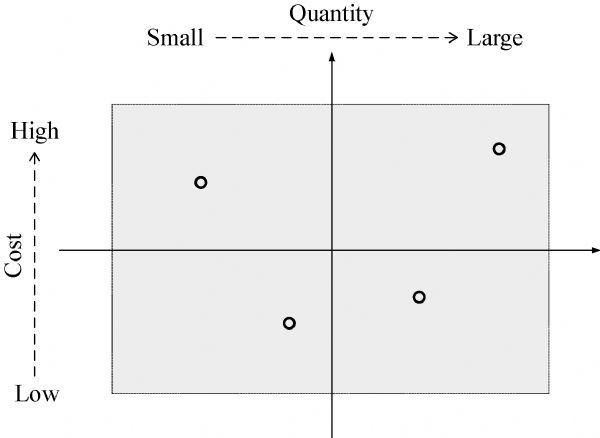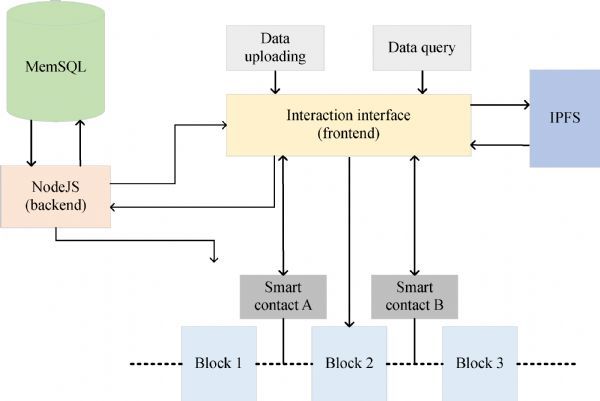Quality traceability usually covers the life cycle of products to ensure traceability, and it contributes to quality control and promotes better quality management (
Lin et al., 2017). The key to implementing the quality traceability process is to make objects traceable throughout the supply chain. At present, there is no consensus on the definition of traceability (
Behnke and Janssen, 2019), but it is generally agreed that identifying the information that needs to be recorded and keeping records are important requirements to ensure traceability along with the ability to find this information again in the future (
Moe, 1998;
Karlsen et al., 2010;
Thakur and Donnelly, 2010;
Olsen and Borit, 2013). For traceability, it is widely accepted that it has three feature dimensions: Breadth, depth, and accuracy. Breadth indicates the amount of information collected and recorded. Depth refers to the relevant parties involved in the supply chain. Accuracy is related to the size of the tracking unit (
Golan et al., 2004). Previous studies have explored the use of automatic identification and data capture technology, RFID and IoT sensors, as well as traceable resource unit and identifiable unit concepts to optimize the above three traceability feature dimensions (
Dabbene and Gay, 2011;
Kang and Lee, 2013;
Karlsen et al., 2013;
Qian et al., 2017;
Fan et al., 2019;
Alfian et al., 2020). Researchers have introduced distinct categories such as forward traceability and backward traceability (
Olsen and Borit, 2013), voluntary and mandatory traceability (
Banterle and Stranieri, 2008), active and passive traceability (
Jansen-Vullers et al., 2003), and chain and internal traceability (
Moe, 1998) to refine traceability. Quality traceability has been applied to many industries, such as food (
George et al., 2019), tobacco (
Zhong et al., 2019), steel products (
Cao et al., 2020), and some precious ores (
Iansiti and Lakhani, 2017). The establishment of quality traceability has improved the quality management system in these industries to a certain extent. However, few researchers have studied quality traceability in the construction sector. With respect to the built environment, lack of cooperation, insufficient information sharing, and poor trust may exacerbate the disadvantages of the traditional quality traceability model (
Li et al., 2019;
Wang et al., 2020). Traditional quality traceability is generally a centralized model wherein all captured information is transferred to a central database, which cannot perform openly and transparently, and the results can be questionable (
Xu et al., 2019). Moreover, the centralized structure must be managed and maintained by an authoritative third party, which is vulnerable to attack, data tampering, and data breach. The distributed traditional traceability model also has the risks of data tampering and information leaks. Therefore, the traditional traceability model needs to be enhanced.



